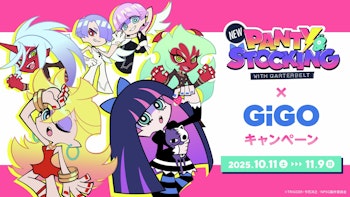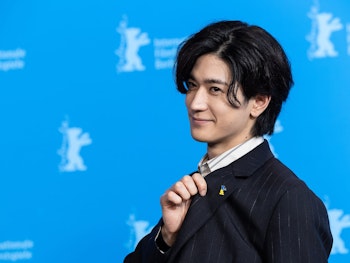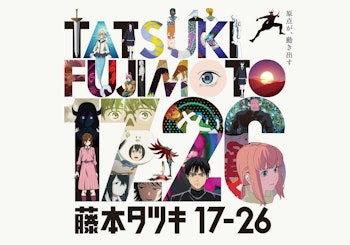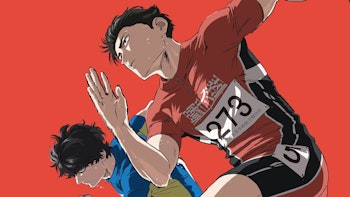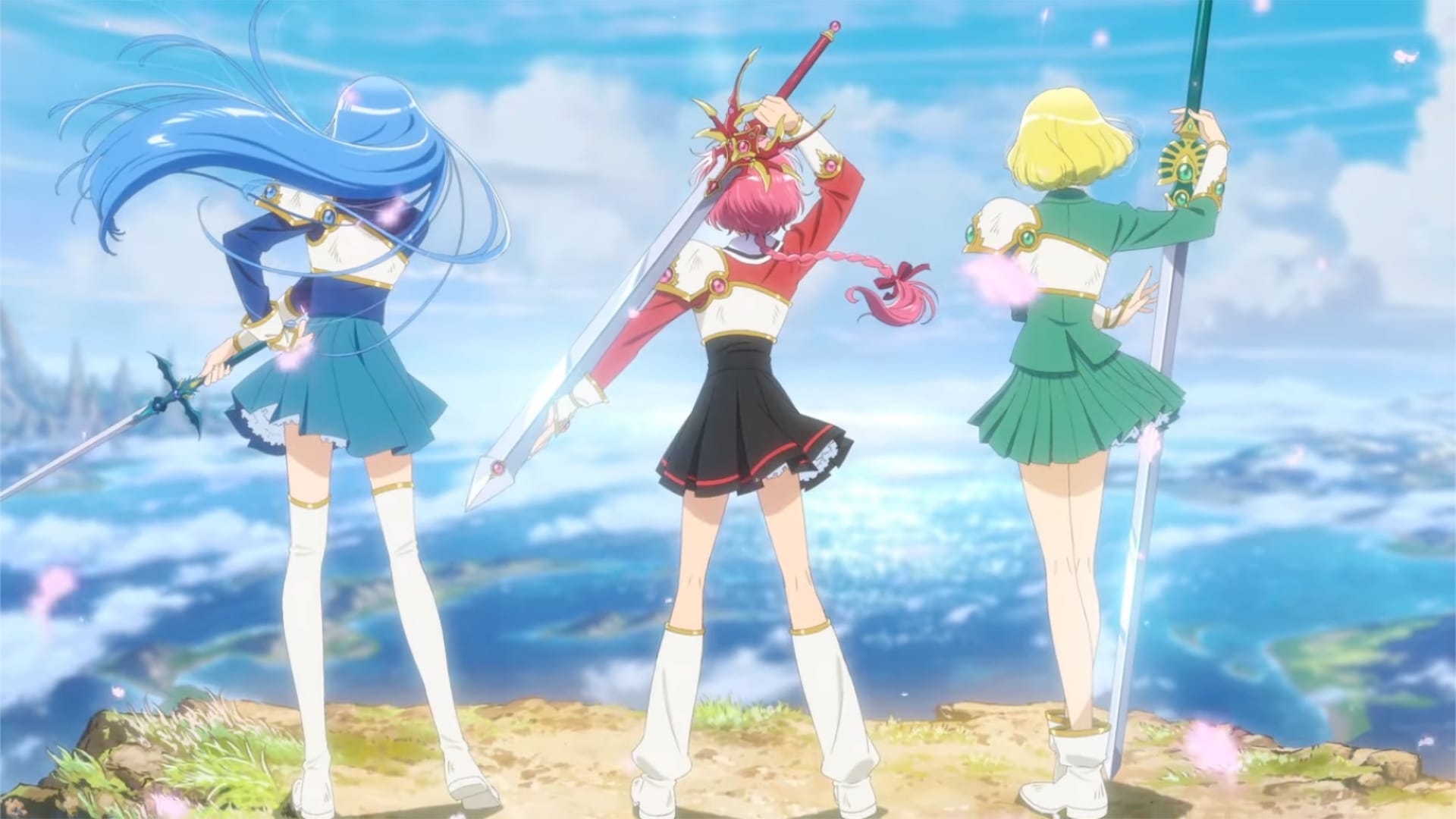
The isekai genre has grown popular in anime and manga over the last decade with titles like Overlord, That Time I got Reincarnated as a Slime, and Kono Subarashii Sekai ni Shukufuku wo being just a few of the anime, manga, and light novels trending among fans over the last few years.
The genre has existed in literature and film for over a hundred years, with anime and manga producing quite a few offerings of such throughout the 90s, although the term isekai was not typically used at the time.
Many shows that fit the mold are being reclassified in a sense from the much more vague sounding 'fantasy' to isekai as the genre becomes more and more prevalent. One such series that experimented with the idea of alternate worlds of magic and beasts was Magic Knight Rayearth.
Magic Knight Rayearth started as a manga series written by CLAMP, an all-female circle of manga artists, who in addition to Magic Knight Rayearth were known for titles like X/1999 and Cardcaptor Sakura. Magic Knight Rayearth tells the story of three eighth-grade girls who are drawn together and engulfed by a strange light while at Tokyo Tower on a school field trip.
They are transported to a fantasy world, Cephiro, bestowed with the power of magic, and tasked with becoming Magic Knights and rescuing the princess of the land from a high priest who is holding her captive.
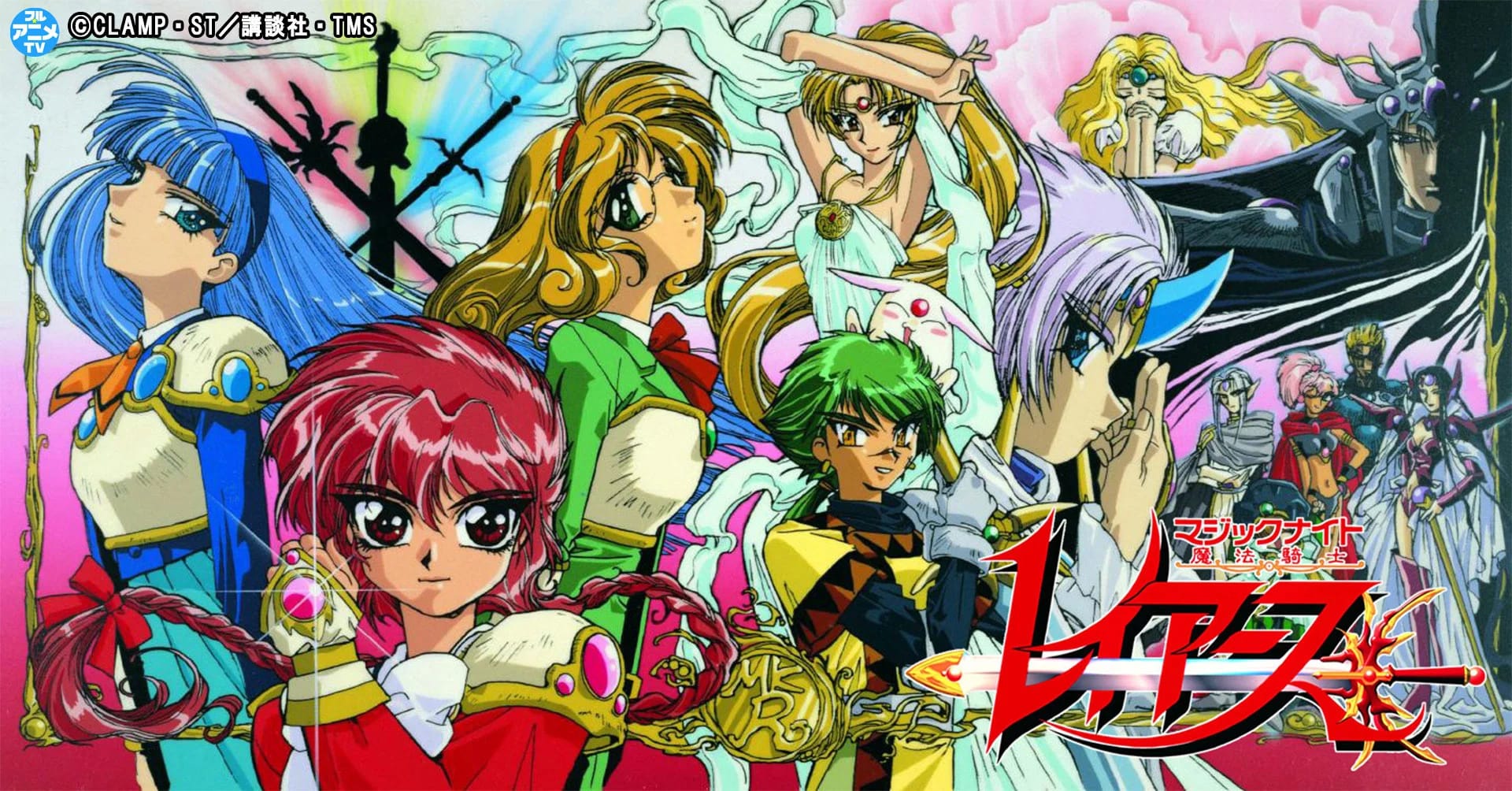
The girls are guided by a magical rabbit-like character, and also pilot giant robot-like entities. A lot of these elements ended up becoming tropes in various popular isekai/fantasy type series of the same time period, such as The Vision of Escaflowne and El-Hazard to name a couple of others.
Both the manga and the anime consisted of two separate parts. The first series of the manga ran from the November 1993 issue of Nakayoshi until the February 1995 issue, and later 3 tankobon volumes that were compiled and published by Kodansha.
The anime adaptation ran from 1994 to 1995, with 20 episodes making up the first season, and 29 making up the second. The anime adaptation featured some anime exclusive characters and began to stray from the plot of the manga more and more as it went on, with the second season featuring new antagonists, as it outpaced the stories that appeared in the manga.
The second manga series ran from Nakayoshi's March 1995 issue until the April 1996 issue.
A three-part OVA for the series was released in 1997, simply titled Rayearth. It features a different take on the story with the same characters present but with different relationships and roles than in the original series.
An introduction to the three Magic Knights
The three heroines of Magic Knight Rayearth each command a different element of magic, appropriate to their names and the dominant color of each.
Hikaru Shidou
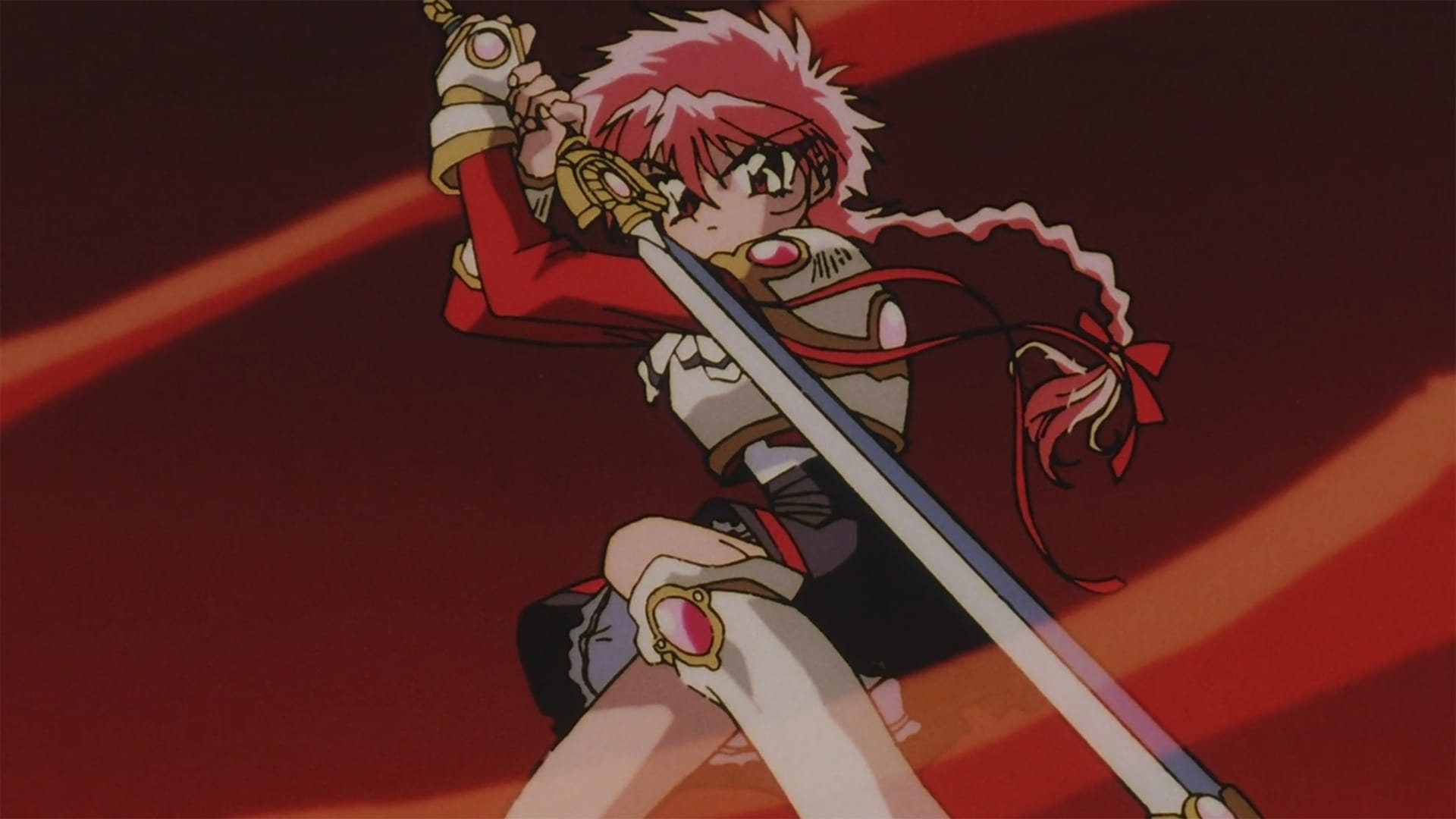
With her red hair and hot-blooded personality, she commands the element of Fire, casting magic like the Flame Arrow and Crimson Lightning spells. She fills the tomboy character archetype, being a member of her school’s kendo club.
She is loyal to her friends, and a lover of animals; returning home to her pet dog serves as a chief motivation of hers throughout the series. Given her strong personality and aptitude for leadership, she finds herself taking the initiative in the second part of the series, as the land of Cephiro looks to find a new Pillar, stepping up to the position, then working out a new solution to the problem of the role.
She commands the fire Mashin (the robots were translated as 'rune gods' in the English localization, but Mashin sounds more convenient) Rayearth.
Umi Ryuuzaki
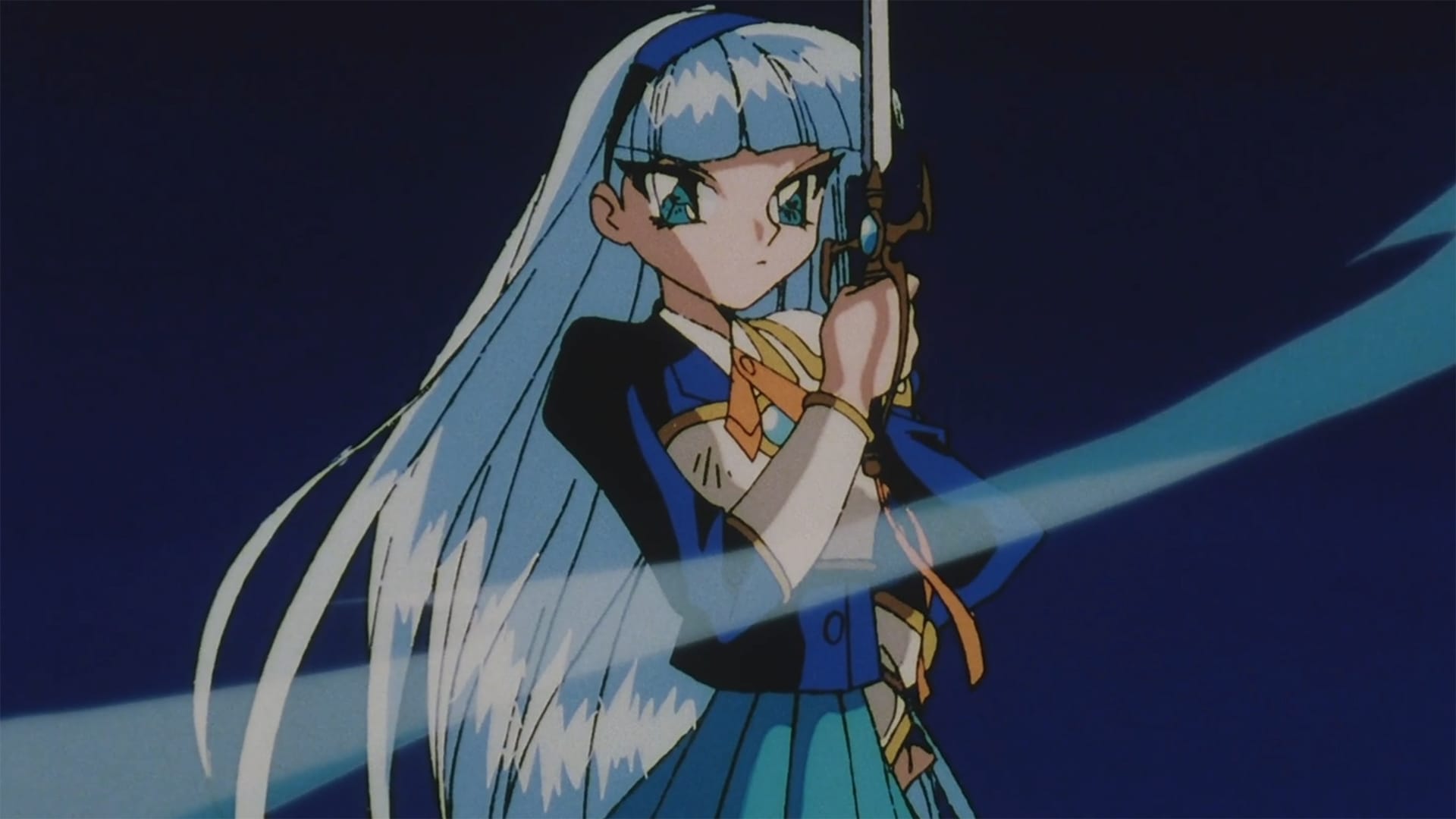
With blue hair and blue eyes, and blue uniform, she is the perfect candidate to command the elemental power of water, don’t you think? With magic spells like Water Dragon and Azure Hurricane, and the Mashin Ceres which is imbued with the essence of the ocean.
She easily loses her temper and is the more stubborn one amongst the group. Coming from a rich family, she attends a private school that is mostly reserved for the children of politicians and wealthy families.
She is straightforward and has little patience for Mokona’s antics and often finds herself frustrated at the environment she has found herself in with Cephiro. She is able to maintain a cooler demeanor in battle though, with fencing experience from school under her belt.
Fuu Hououji
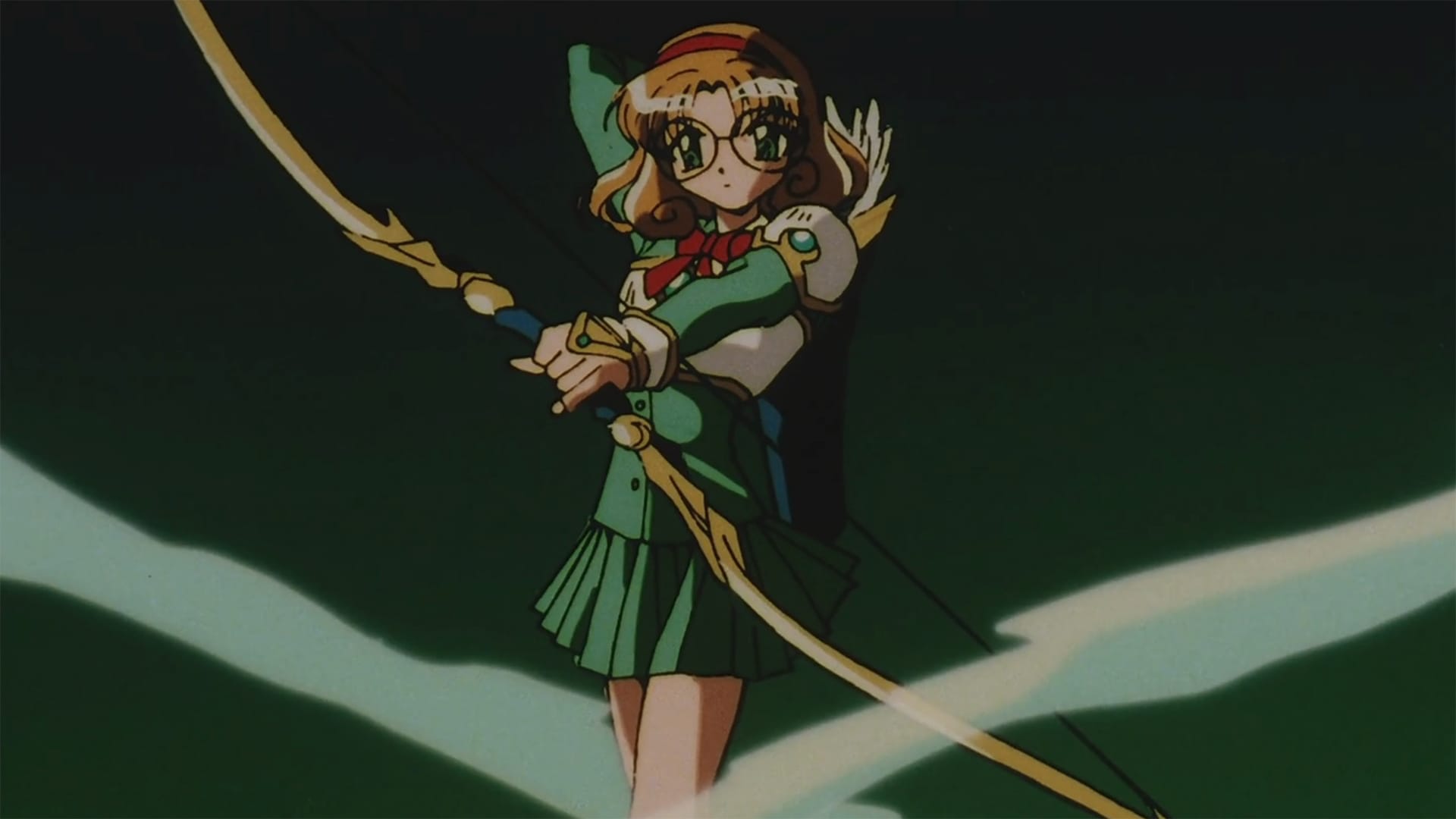
The calm, level-headed one, who occupies the position of the glasses-wearing bookworm-type character. Her attire and eyes are colored green, which is often synonymous with the element of wind in anime and games.
Her magic spells include Emerald Typhoon, Emerald Cyclone, and Winds of Healing, among other wind spells. She is, of course, the brains of the operation, and the most polite and logical of the three girls, and attends a school for gifted children.
The way she so nonchalantly points out the obvious often gets on the nerves of Umi. Her Mashin is Windham, a giant 4-winged bird-like beast that commands the power of wind, of course.
Mokona
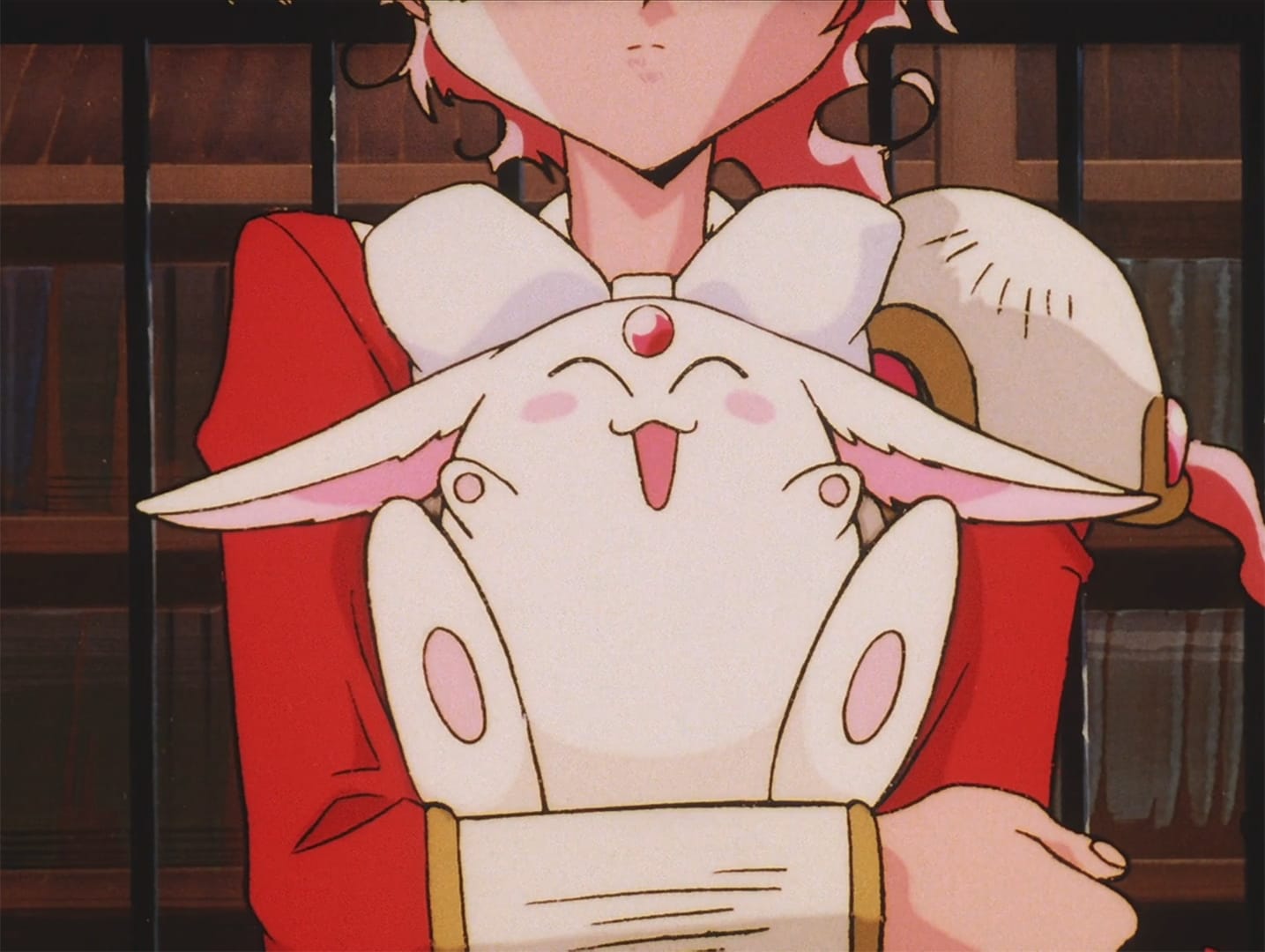
The mascot character is a small white long-eared bunny-like creature with a red gemstone on its forehead that flops around making 'puu' noises. In the manga, Mokona is entrusted to the girls by Clef, the wizard who grants them their powers and tasks them with becoming magic knights.
Mokona was given to Clef by princess Emeraude. Mokona plays a much more important role in the manga, being revealed eventually as the god who created both worlds. Mokona also appears in other CLAMP productions and is somewhat of a mascot for the group itself.
This is just scratching the surface. Magic Knight Rayearth is incredibly jam-packed with memorable characters given the relatively short length of the series. This doesn’t really touch on any of the supporting characters or antagonists that appear throughout the series; there really is a lot going on despite the rather basic, tropey premises of the series.
Aside from the stellar animation, a strong point of the series that has appealed to Japanese fans is how likable the characters are.
30th anniversary anime project
On 1 July, 2024 TMS Entertainment announced that a new animated adaptation of Magic Knight Rayearth was in production to celebrate the 30th anniversary of the series. As of the time of writing both the actual 30th anniversary, and a full year has passed with no additional details or announcements pertaining to this new adaptation.


